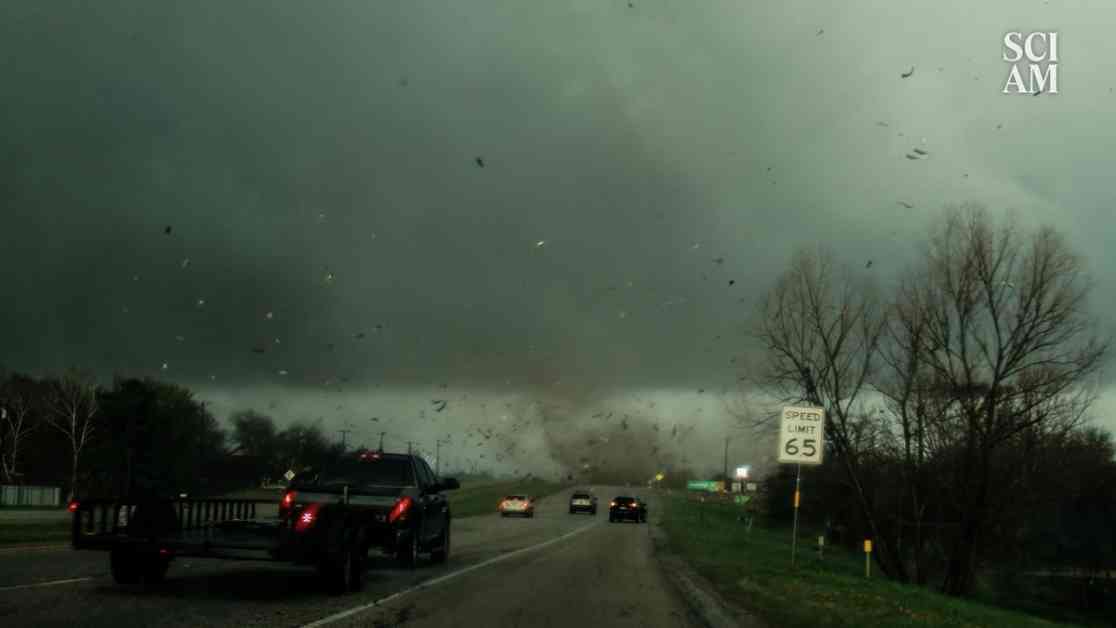Andy Wallace and Mike Olbinski, two tornado chasers, were excited about the storm they were tracking. They were closely monitoring the hail cores and the storm’s formation, making quick decisions on when to move to a safer location. Melanie Metz and Brian Emfinger were also part of the team, observing the storm’s behavior and discussing the atmospheric conditions needed for a tornado to form.
Jana Houser and Amy McGovern, scientists specializing in severe weather, explained the conditions required for a tornado to develop, such as a rotating thunderstorm and specific atmospheric factors. They discussed the importance of moisture and wind shear in supercell formation, highlighting the complexity of predicting tornadoes.
Leigh Orf and Jamey Jacob delved into the role of technology, particularly drones and AI, in storm prediction and data collection. They emphasized the vast amount of data available and the need for advanced technology to process and analyze it effectively. Jamey Jacob highlighted the challenge of understanding why some supercells form tornadoes while others do not, pointing to the need for more research and data collection.
Robin Tanamachi, an atmospheric science professor, explained radar technology and its role in studying severe storms and tornadoes. She emphasized the importance of combining theoretical research, observations, and simulations to improve meteorological understanding and prediction accuracy.
Shawn Triplett and Chris Bullock shared personal experiences of witnessing tornado destruction and the impact it had on their communities. The emotional and physical toll of tornadoes was evident in their stories, highlighting the importance of preparedness and resilience in the face of severe weather events.
Jana Houser discussed the changing climate and its impact on tornado frequency and severity. She emphasized the need for improved tornado warning systems and increased resilience to mitigate the effects of extreme weather events.
Throughout the article, the dedication of tornado chasers, scientists, and researchers to understanding and predicting tornadoes was evident. The complexity of tornado formation, the role of technology in data collection, and the impact of climate change on severe weather patterns were key themes discussed by the experts.
As tornadoes continue to pose a threat to communities, the work of these individuals remains crucial in advancing our understanding of these natural phenomena and improving our ability to predict and respond to tornado events effectively.






